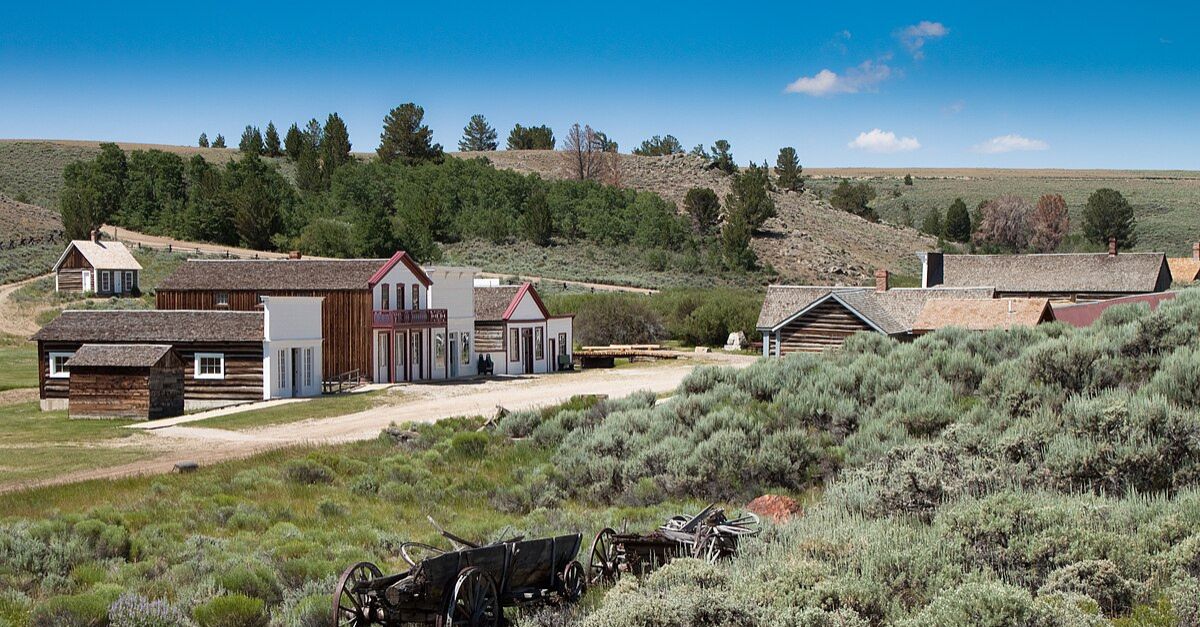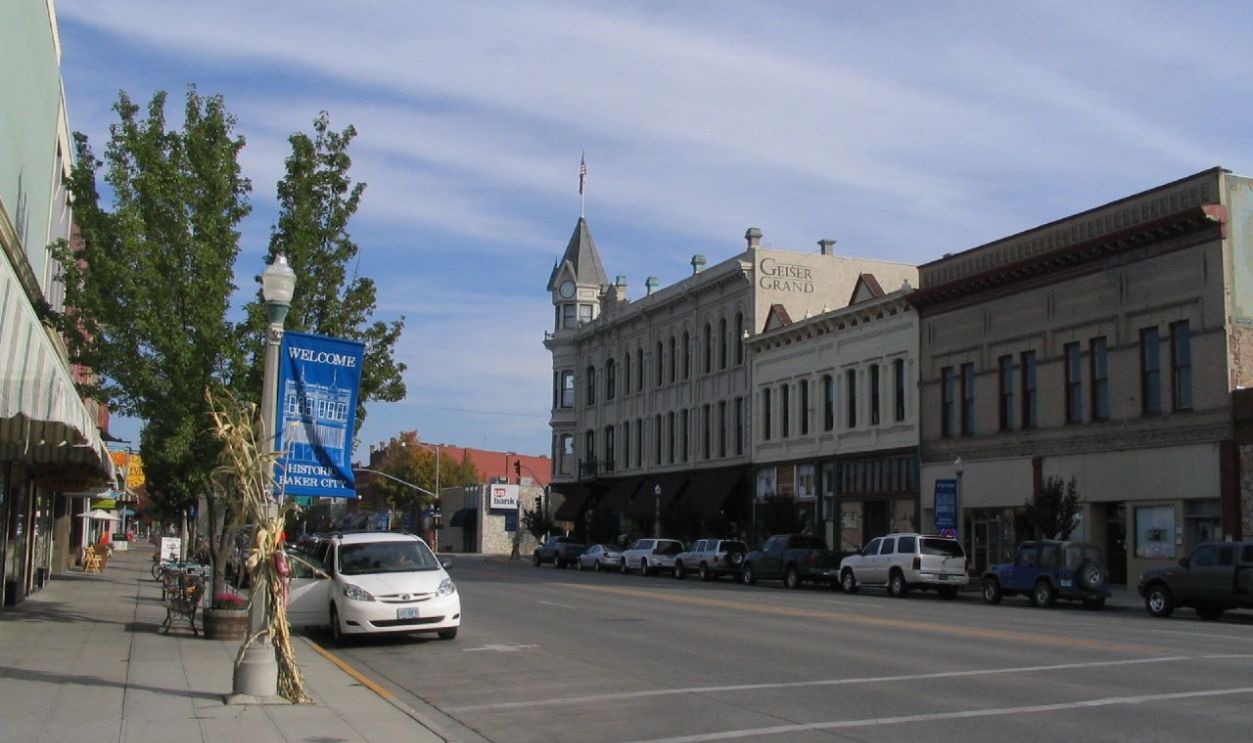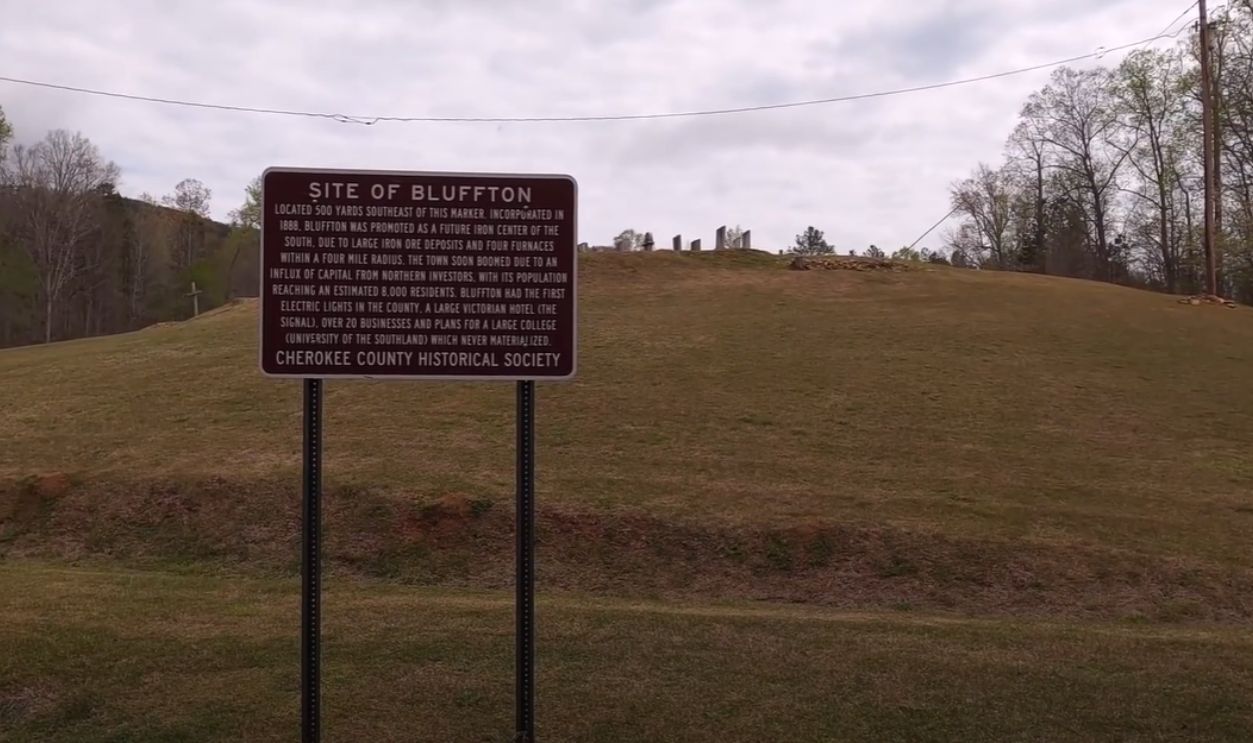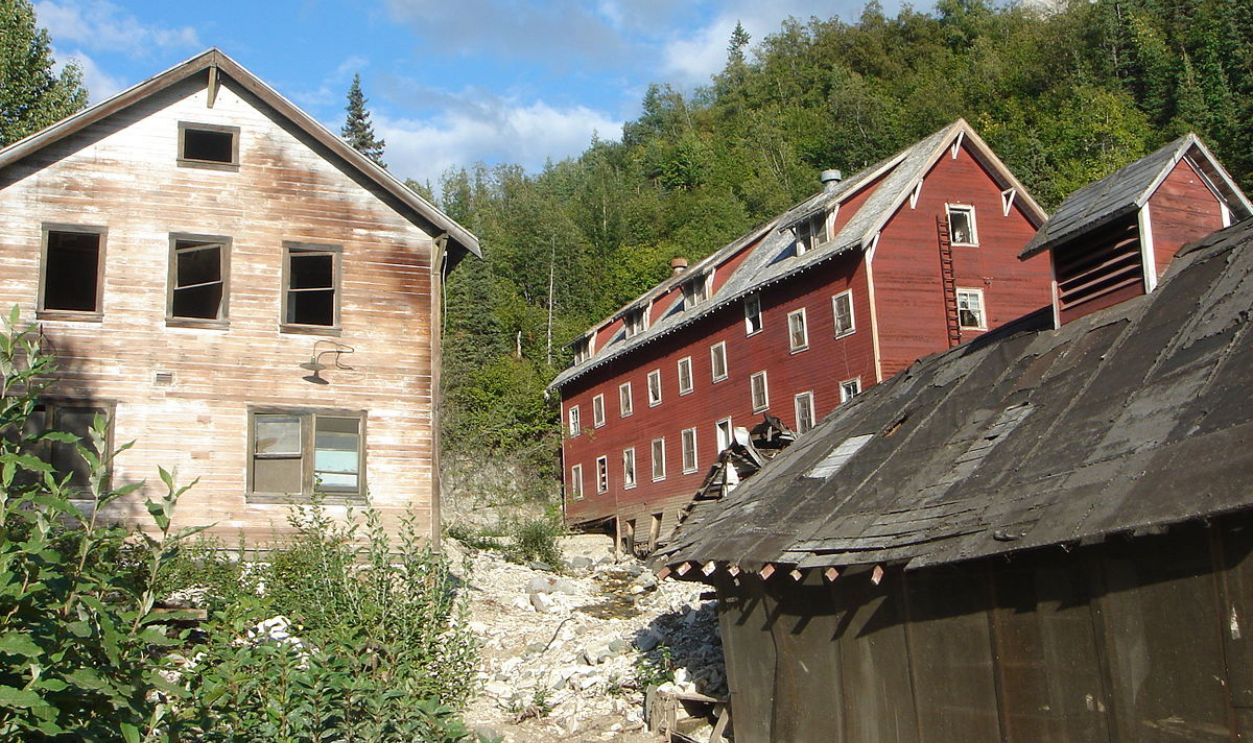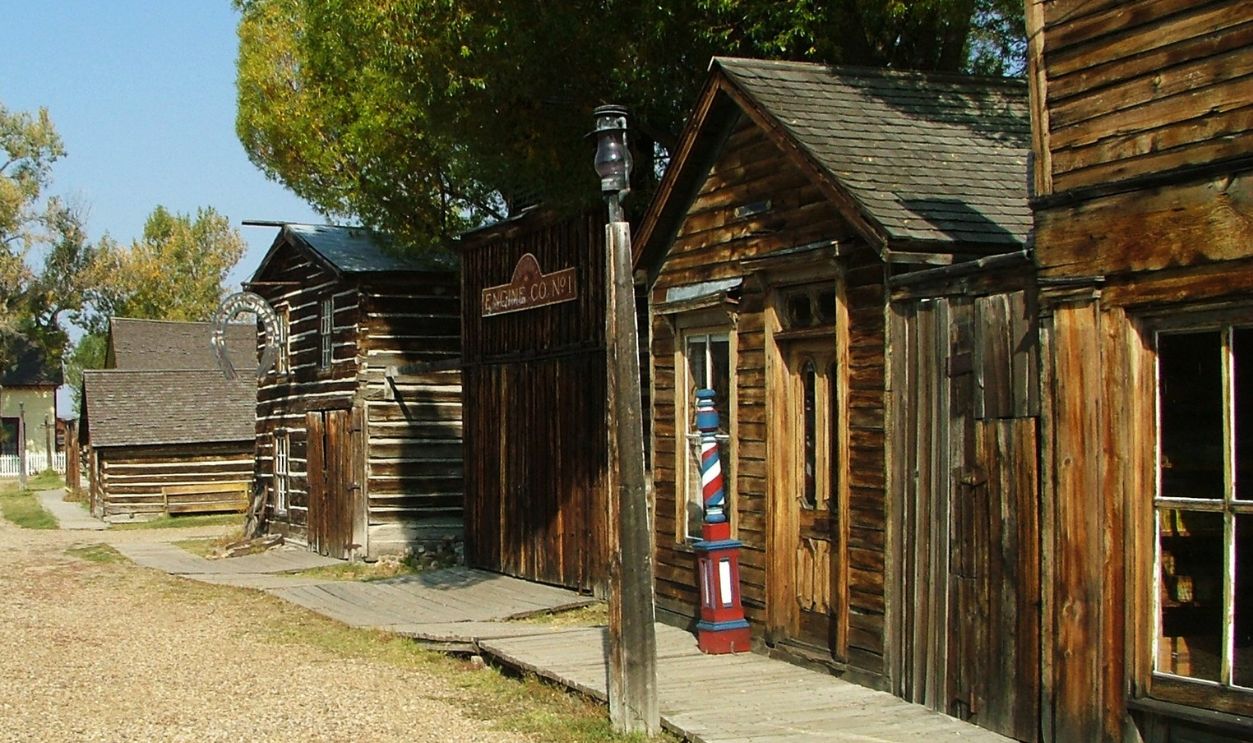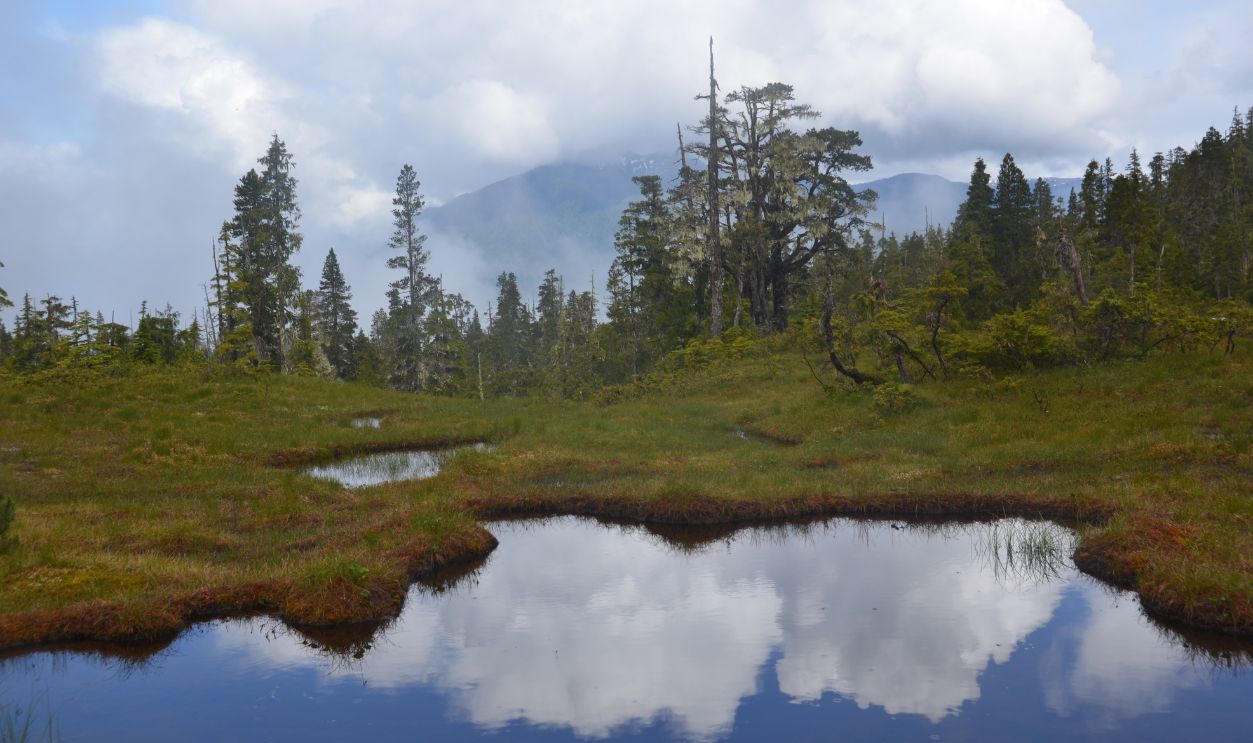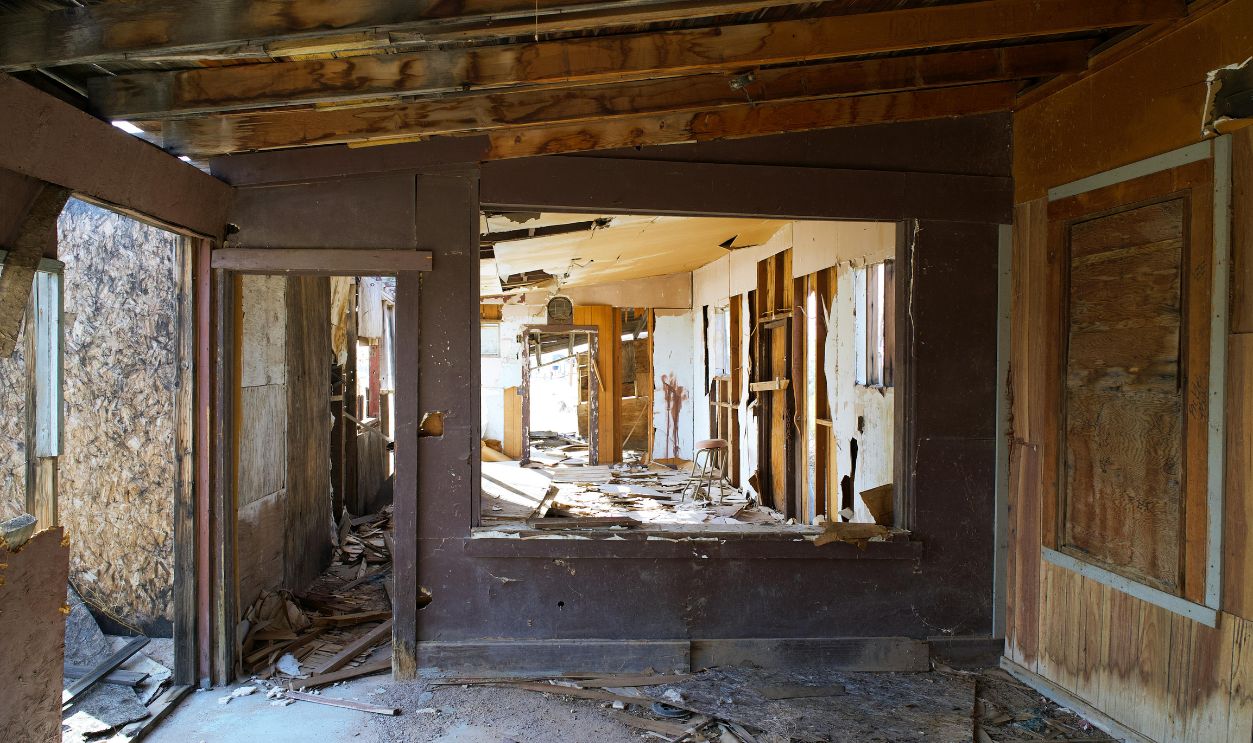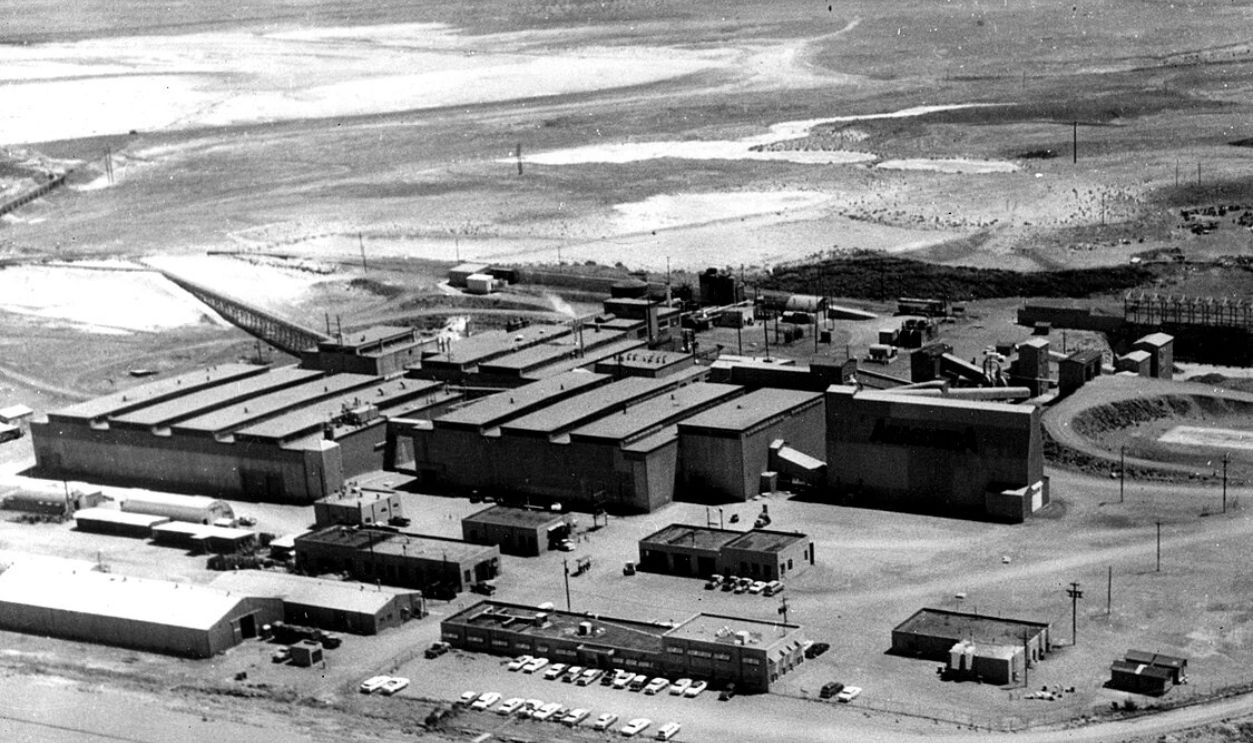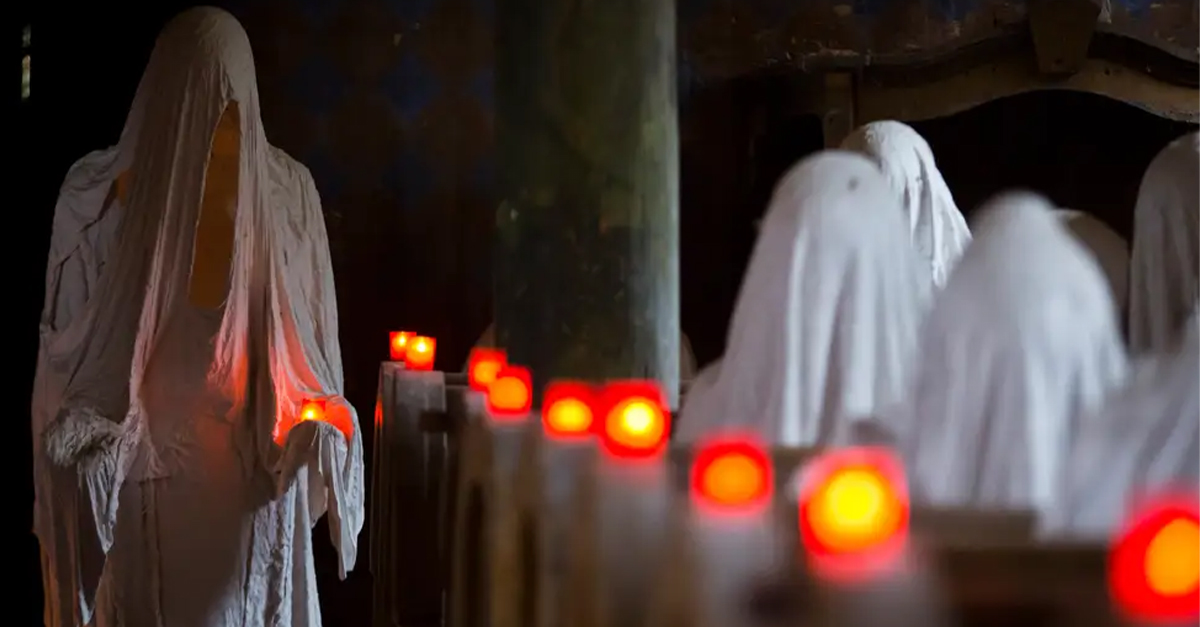The Ghost Towns That Miners Left Behind
By the end of the 19th century, everyone was looking for gold, silver, and copper. With these booming industries, many towns were built, but they are left today to tell the story of people who had so much hope and too many dreams.

Animas Forks, Colorado
Miners were drawn to Animas Fork by the rich deposits of silver and gold. They built homes and businesses in this remote, high-altitude location at 11,200 feet above sea level. And the town once had a post office, store, hotel, and saloon, but it was deserted by the 1920s.
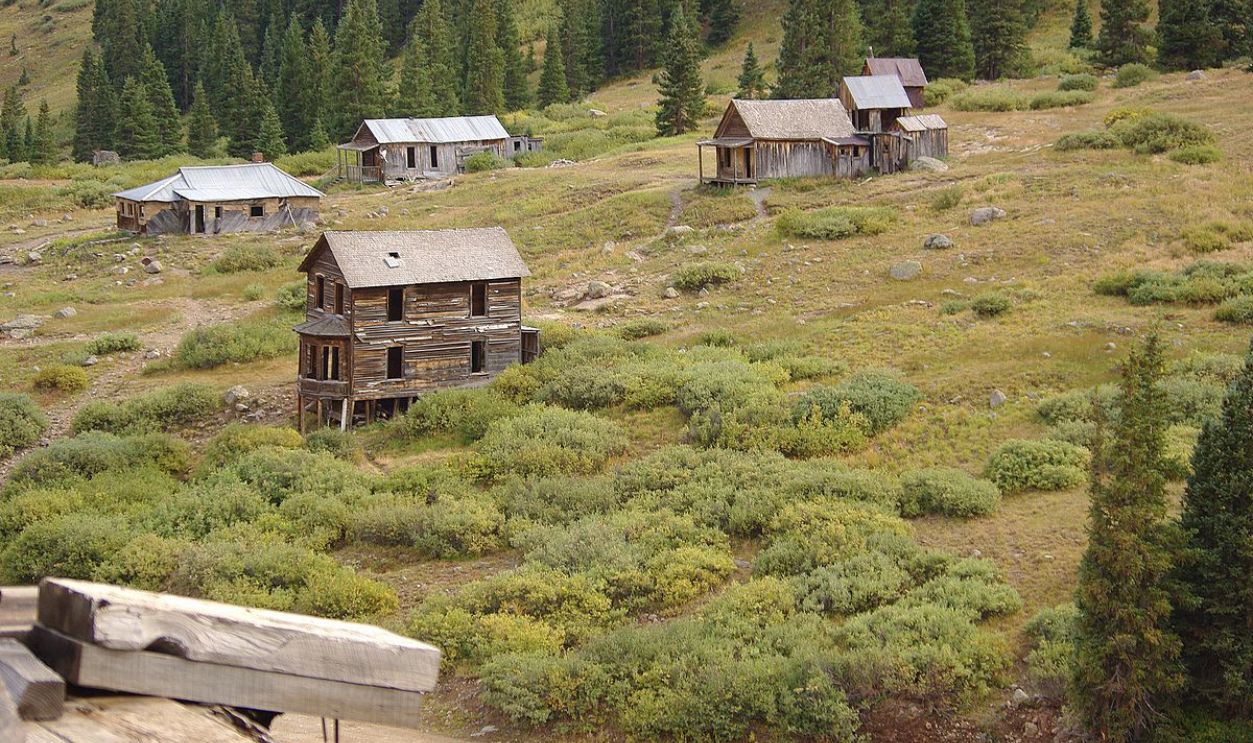 Adam Baker, CC BY 2.0, Wikimedia Commons
Adam Baker, CC BY 2.0, Wikimedia Commons
Auburn, Oregon
At the edge of the Blue Mountains, Auburn stands as a ghost town that was founded in the 1860s. Although the population increased swiftly within a couple of years, and the first Northeast Oregon post office was established, Auburn became deserted by 1870. Today, only foundations and some mining equipment remain.
Bluffton, Alabama
Within two years after it was founded in 1888, Bluffon became home to 8,000 residents. Most people worked in a nearby iron ore or the Signal Hotel, which once accepted novelist Rudyard Kipling as a guest. However, the ore didn't meet the investors' expectations, and people left the region.
Bodie, California
Following the discovery of gold by prospector William S. Bodey, Bodie became a thriving town of almost 8,000 people and 2,000 buildings. It became deserted by 1915, but currently receives 200,000 visitors annually. It had a bank and a jail, where many buildings remain intact.
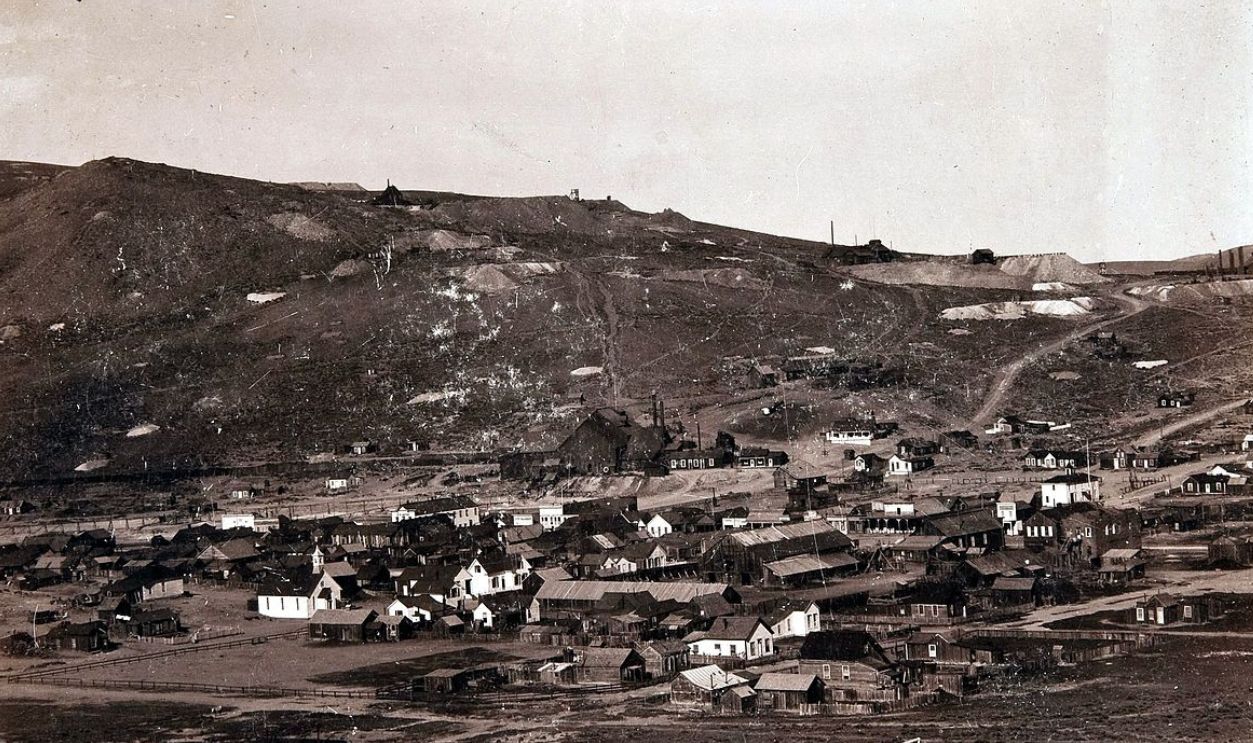 William Thompson, Wikimedia Commons
William Thompson, Wikimedia Commons
Kennecott, Alaska
Built by the Kennecott Copper Corporation, Kennecott thrived due to the area's exceptionally high-grade copper ore. It reached its peak production in 1916, but the ore’s quality declined over the next few years. By 1952, a family of three who worked as watchmen were the only residents.
Ruby, Arizona
Originally called Montana Camp, Ruby was inhabited by about 1,200 people at its peak. The camp's general store owner named the post office after his wife, and the town took the name. The first airplane manhunt took place in the region after the Ruby Murderers in the 1920s.
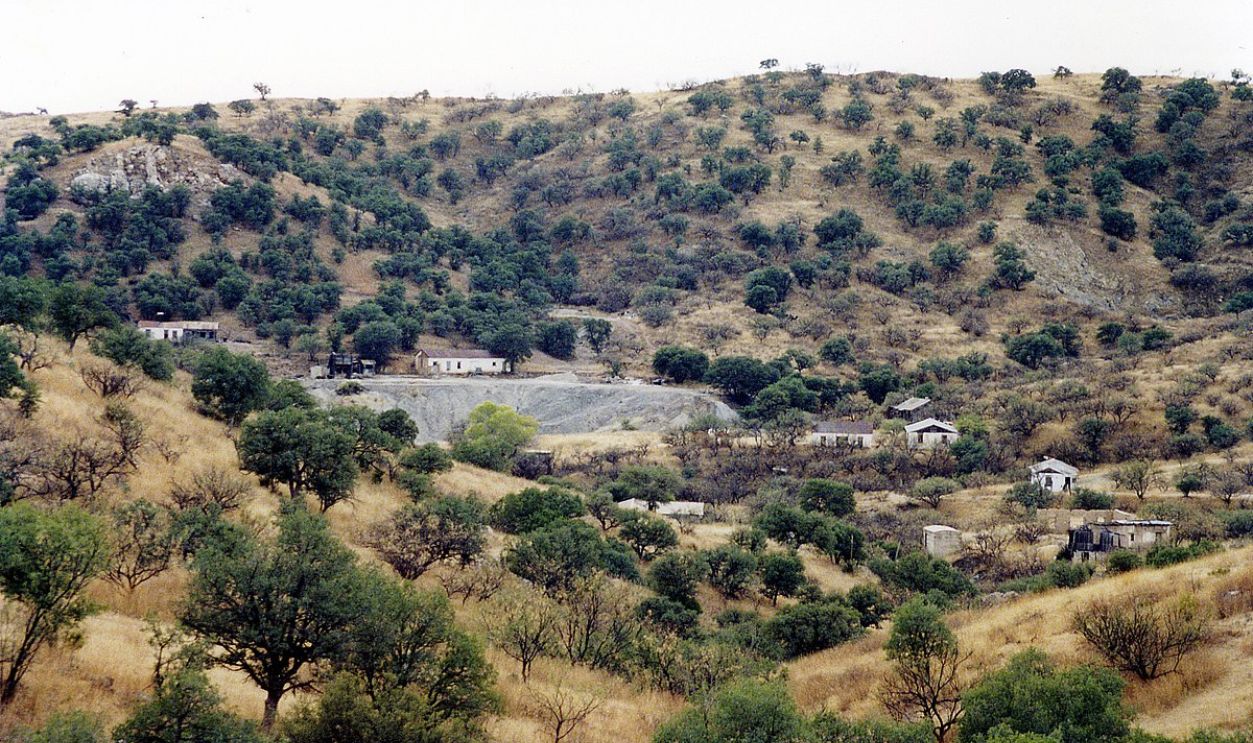 PhilipC, CC BY 2.0, Wikimedia Commons
PhilipC, CC BY 2.0, Wikimedia Commons
South Pass City, Wyoming
After the gold mines were closed, South Pass City became a ghost town. However, it was mentioned in Mark Twain's Roughing It as an established town with a postmaster, mayor, constable, and marshal. The saloon owner introduced the women's suffrage bill, which granted women the right to vote.
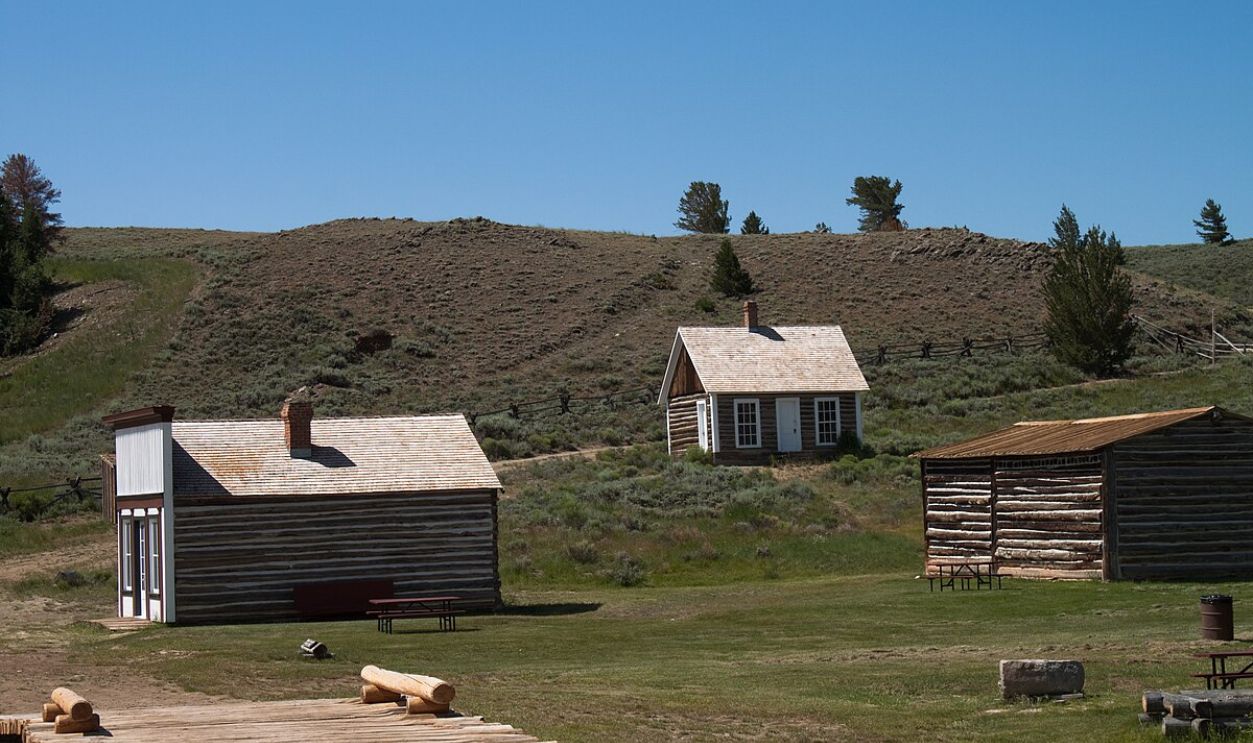 Anna-Katharina Stöcklin, CC BY-SA 3.0, Wikimedia Commons
Anna-Katharina Stöcklin, CC BY-SA 3.0, Wikimedia Commons
Nevada City, Montana
In the 1860s, Nevada City was one of the biggest communities in Montana. It grew rapidly as prospectors flocked to the area in search of fortune, but by the 1870s, gold deposits ran dry, and the town's population dwindled. Today, it's a living history museum with reconstructed and restored buildings.
Terlingua, Texas
The 2020 census showed a population of only 78 people, which is a big decline compared to Terlingua’s 2,000 population of the late 1880s. People worked in mining for mercury, but the town is currently a tourist attraction, where it mixes ghost town charm with an artsy vibe.
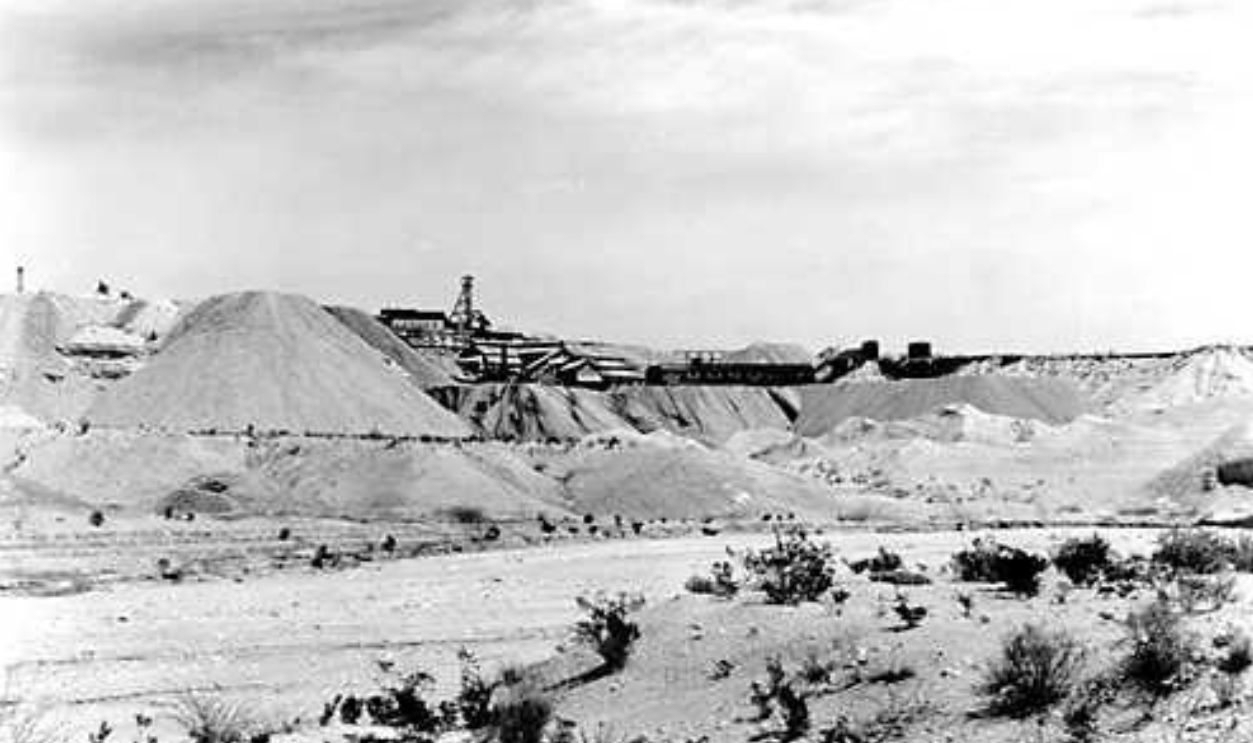 George A. Grant, Wikimedia Commons
George A. Grant, Wikimedia Commons
Bannack, Montana
Connected to the rest of the world by the Montana Trail, the remote town of Bannack was once home to more than 10,000 people. It featured stores, hotels, saloons, markets, saloons, and a billiard hall. After the last residents left in the 1970s, it became Bannack State Park.
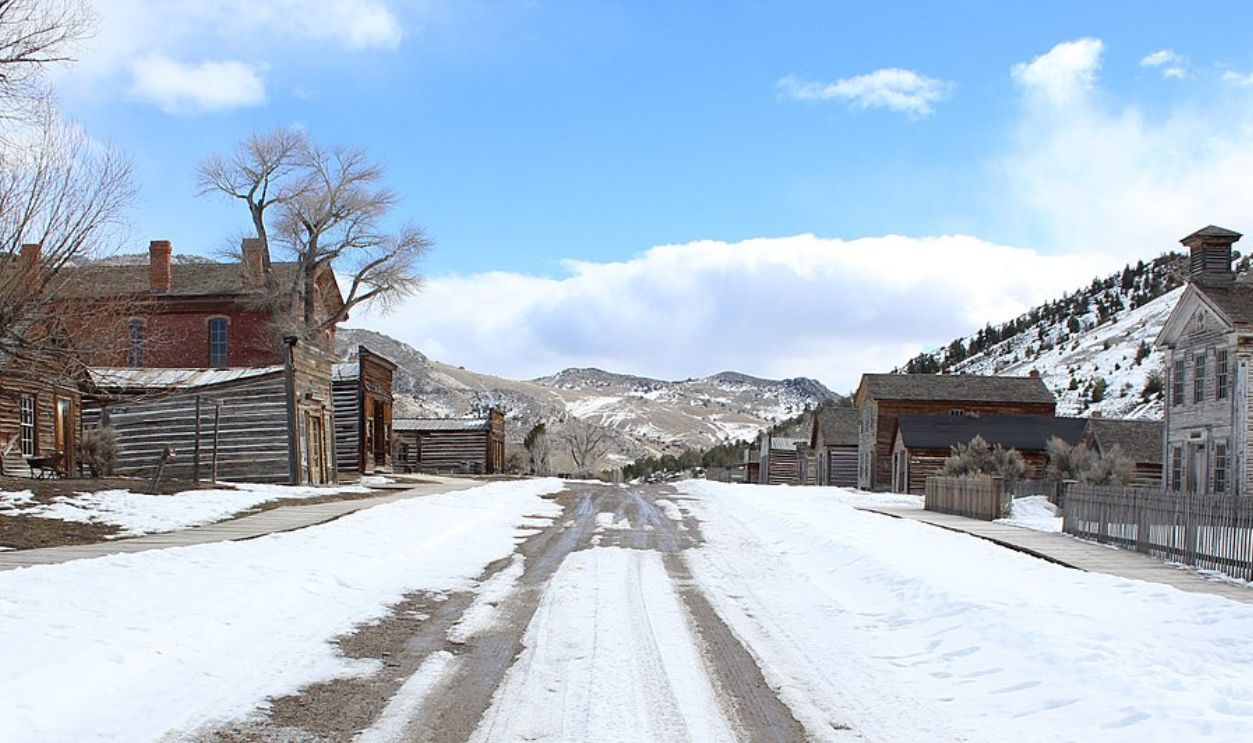 Mark Holloway, CC BY 2.0, Wikimedia Commons
Mark Holloway, CC BY 2.0, Wikimedia Commons
Silver City, California
Silver City emerged in the mid-19th century as a mining camp during California's Gold Rush. The town's decline began when the gold deposits diminished, and by the early 20th century, it was largely abandoned. Rumors about paranormal activities in the town's various buildings fascinate modern visitors.
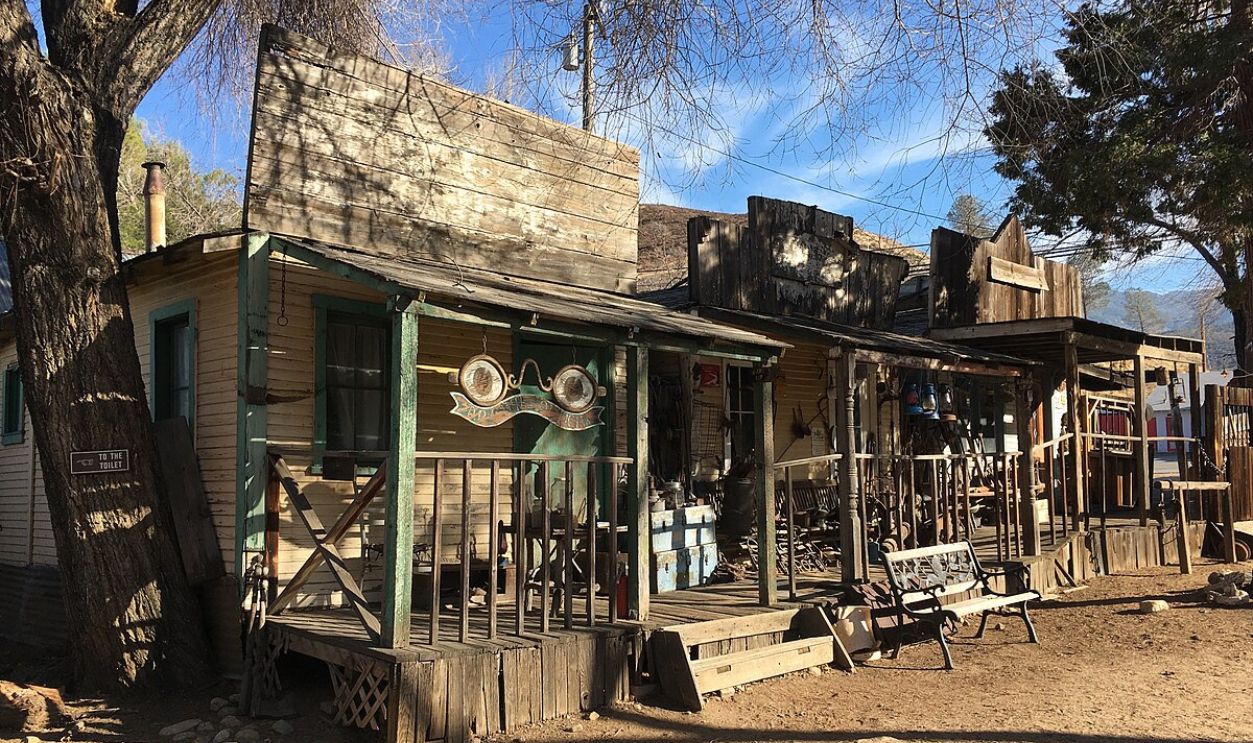 Gillfoto, CC BY-SA 4.0, Wikimedia Commons
Gillfoto, CC BY-SA 4.0, Wikimedia Commons
Belmont, Nevada
Although the welcome sign still exists, people moved out of Belmont by 1880. It was founded in the 1860s after silver, lead, and copper were discovered nearby, and it grew quickly to become a thriving mining hub. Belmont featured restaurants and a courthouse, which still stands today.
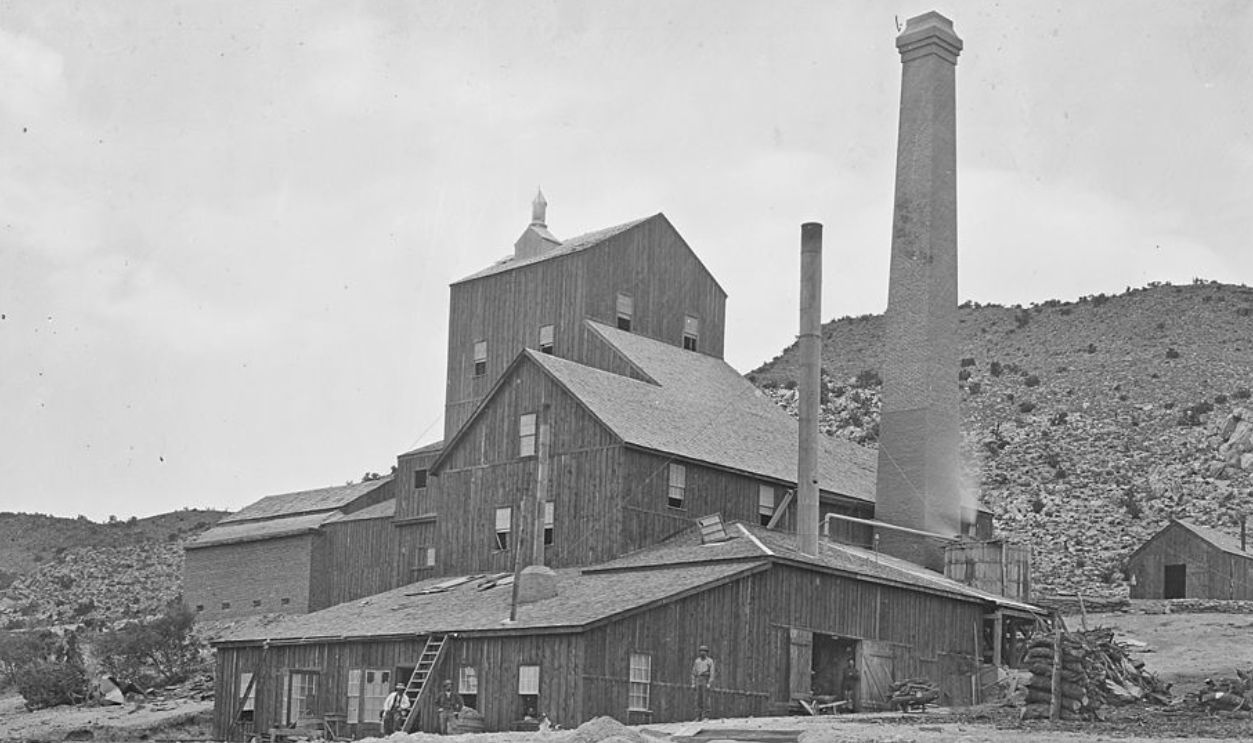 Timothy H. O'Sullivan, Wikimedia Commons
Timothy H. O'Sullivan, Wikimedia Commons
Calico, California
Now known as Calico Ghost Town, a country park, this town was once a silver mining center. The mines produced millions of dollars worth of silver ore to become one of the richest mining towns. However, the value of silver dropped in the 1890s, and many people left.
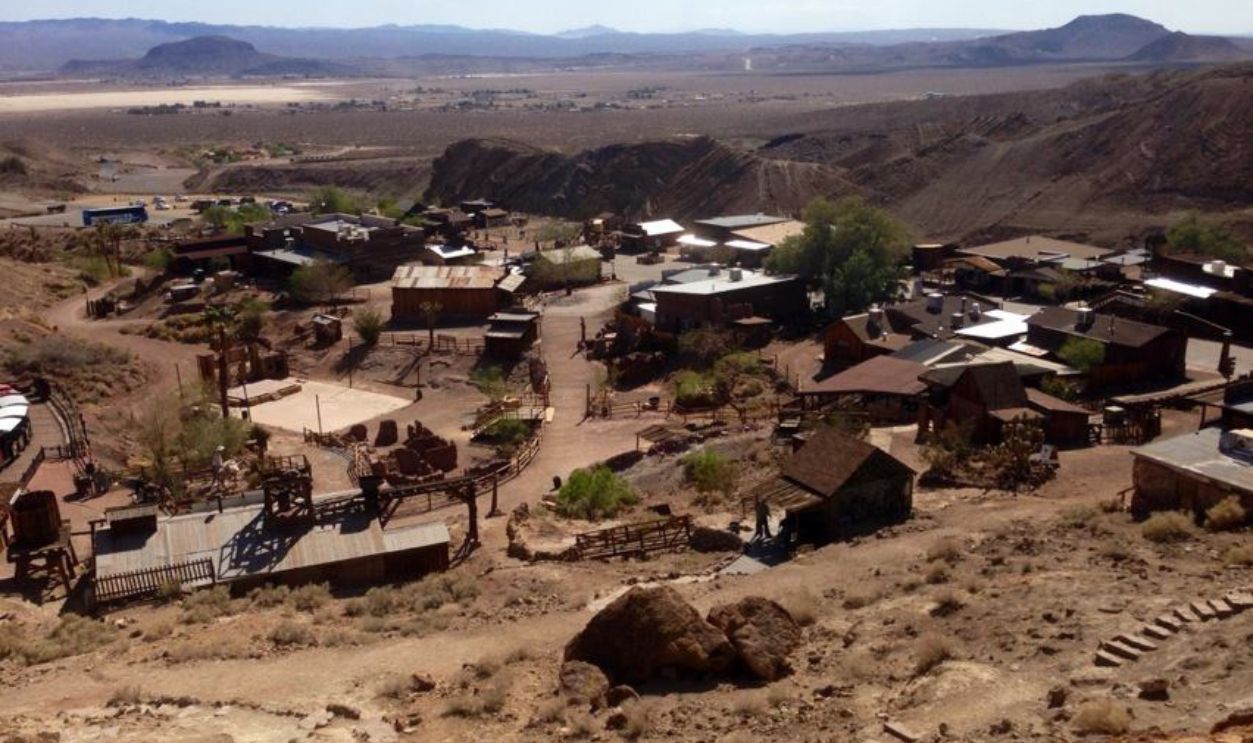 Niceley, CC BY-SA 3.0, Wikimedia Commons
Niceley, CC BY-SA 3.0, Wikimedia Commons
Rhyolite, Nevada
Located near Death Valley, Rhyolite sprang to life in 1905 after the discovery of gold. Investors flocked to the town, which resulted in rapid development that included a stock exchange, an opera house, and even electric lights. However, its fortunes were short-lived, as the mines began to fail by 1911.
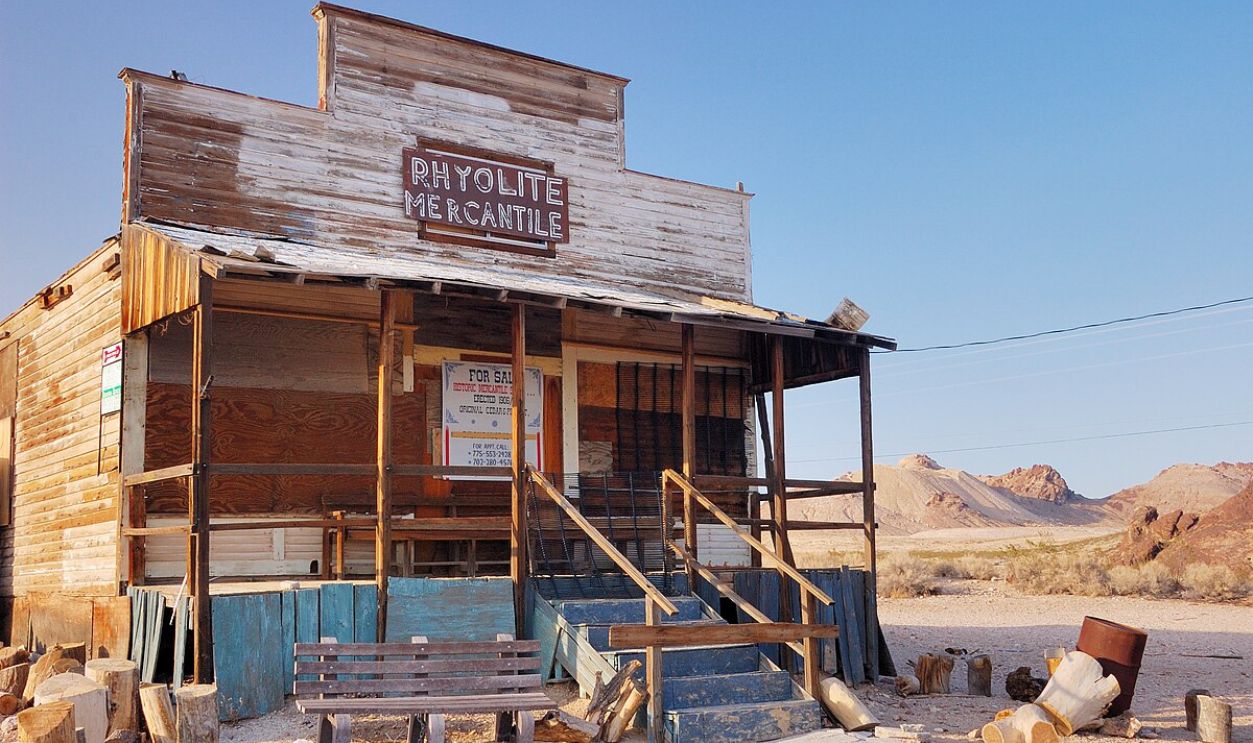 Pierre Camateros, CC BY-SA 3.0, Wikimedia Commons
Pierre Camateros, CC BY-SA 3.0, Wikimedia Commons
Cerro Gordo, California
Mexicans regularly searched for silver in the region and called the town Cerro Gordo or Fat Hill. Because of its remote location, law enforcement was challenging. It took a blow when a fire broke out in 1877 but was sold for $1.4 million to be restored as a tourist attraction.
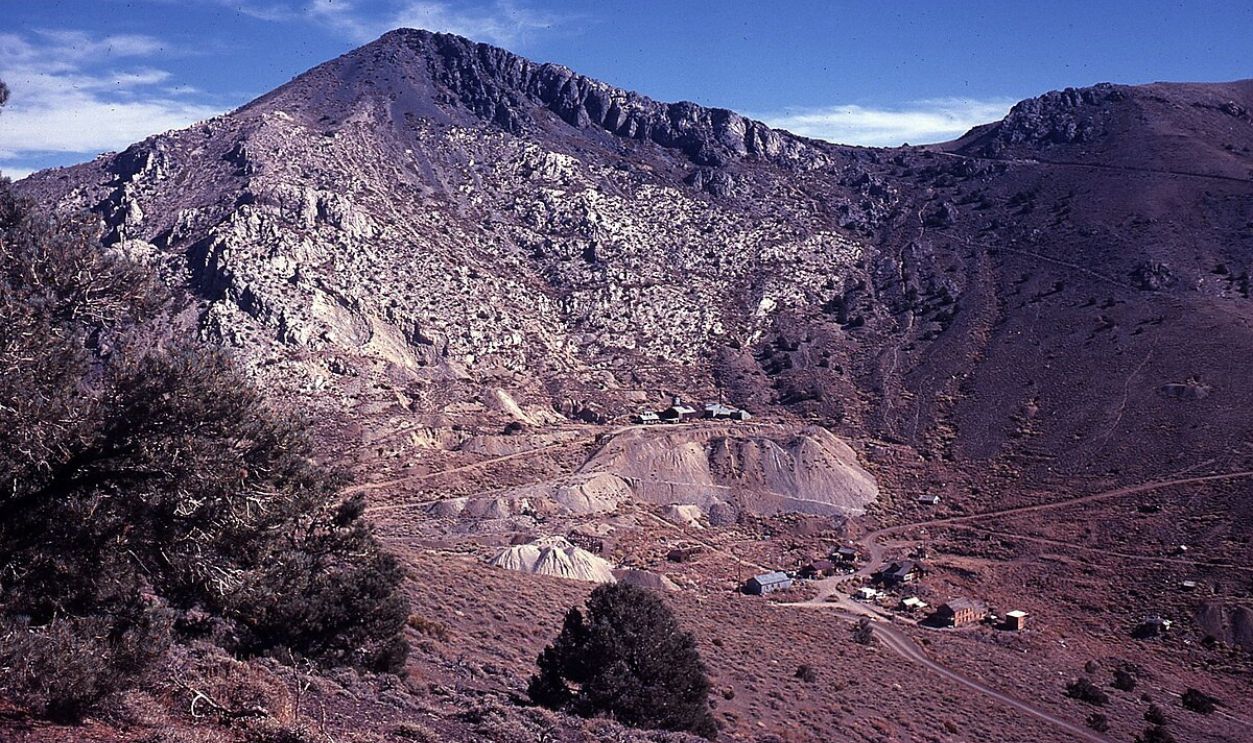 LCGS Russ, CC BY 3.0, Wikimedia Commons
LCGS Russ, CC BY 3.0, Wikimedia Commons
Amalga, Alaska
Today, Amalga is part of Tongass National Forest. Nevertheless, in the early 1900s, it was a busy gold mining town that attracted many residents. The nearby Perseverance and Treadwell Mines were among the largest in the region, but they depleted, and operations ceased. Amalga was gradually abandoned by 1927.
Bellevue, Arizona
Due to its proximity to several mining locations, Bellevue was established as a gold mining camp that later became an attractive town. However, it never reached a boom, and the post office closed by 1927. Most people left, and the remaining mining equipment was destroyed by fire.
Auraria, Georgia
Named after the Latin word for gold, Auraria was founded in the 1830s during the first major gold rush. It was a hub for gold prospectors, with miners flocking to the area. However, Dahlonega, a nearby settlement, gained prominence as a center for gold mining, and Auraria lost its charm.
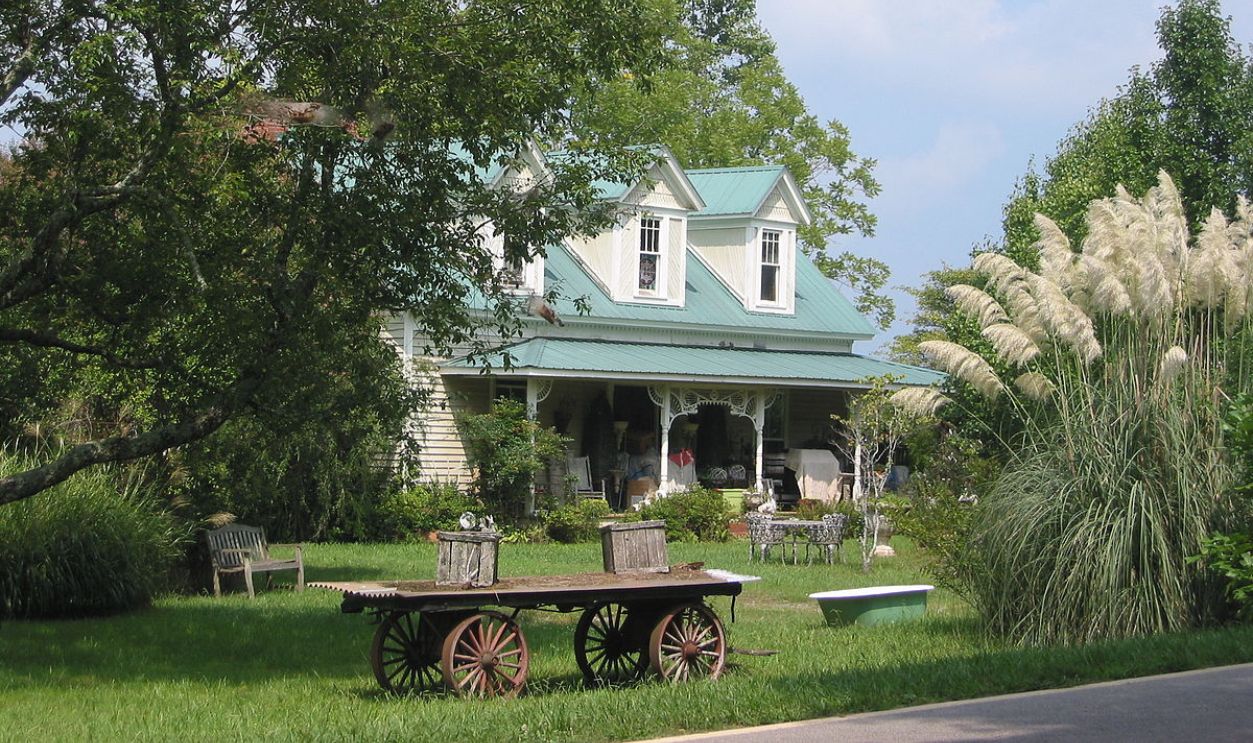 Hellohowareyoudoing, CC BY-SA 3.0, Wikimedia Commons
Hellohowareyoudoing, CC BY-SA 3.0, Wikimedia Commons
Nelson, Nevada
Nelson was once one of Nevada's most lawless and lucrative mining towns. The town's wild reputation was fueled by frequent disputes and even murders over mining claims. As a matter of fact, it's named after Charles Nelson, who was mysteriously taken out. Today, its abandoned gold mines are open for tours.
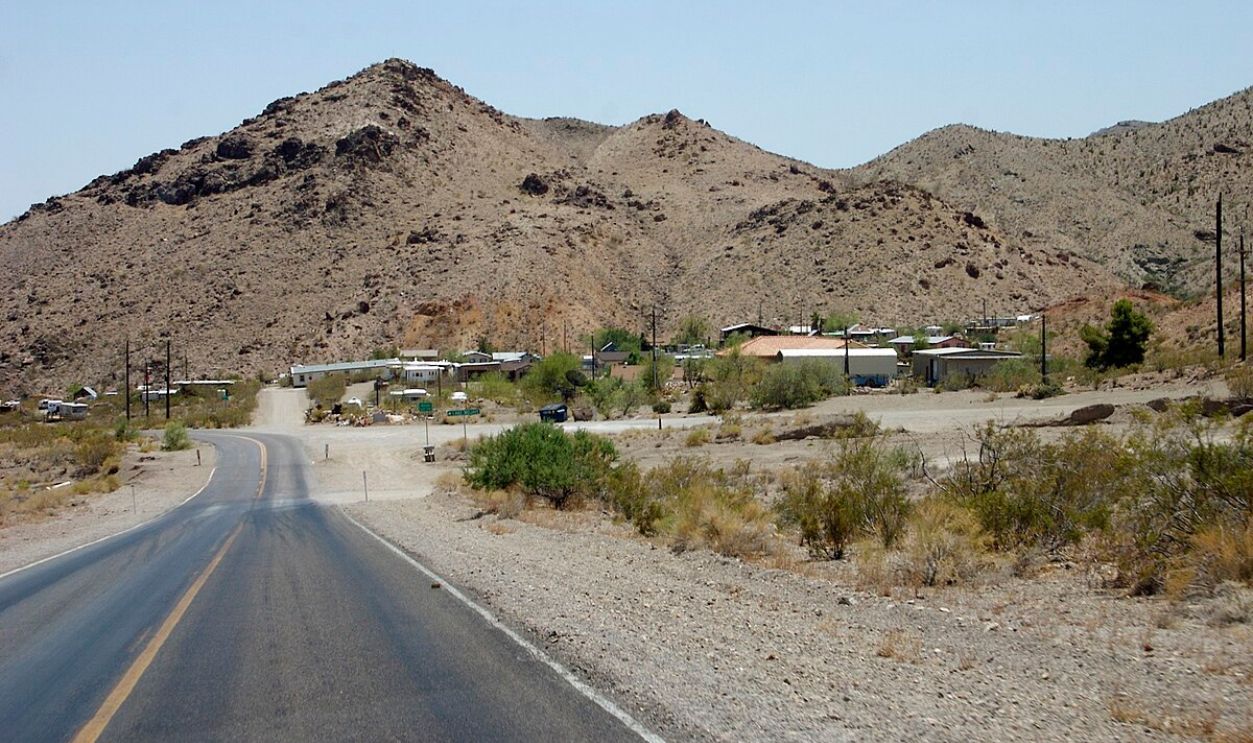 MojaveNC, CC BY-SA 2.5, Wikimedia Commons
MojaveNC, CC BY-SA 2.5, Wikimedia Commons
St. Elmo, Colorado
Although it's now a ghost town, St. Elmo was once home to over 2,000 residents with hotels, saloons, dancing halls, a telegraph office, a newspaper office, and a school. After mining stopped, a few people continued to live there, but the post office was closed in 1952 when the postmaster passed on.
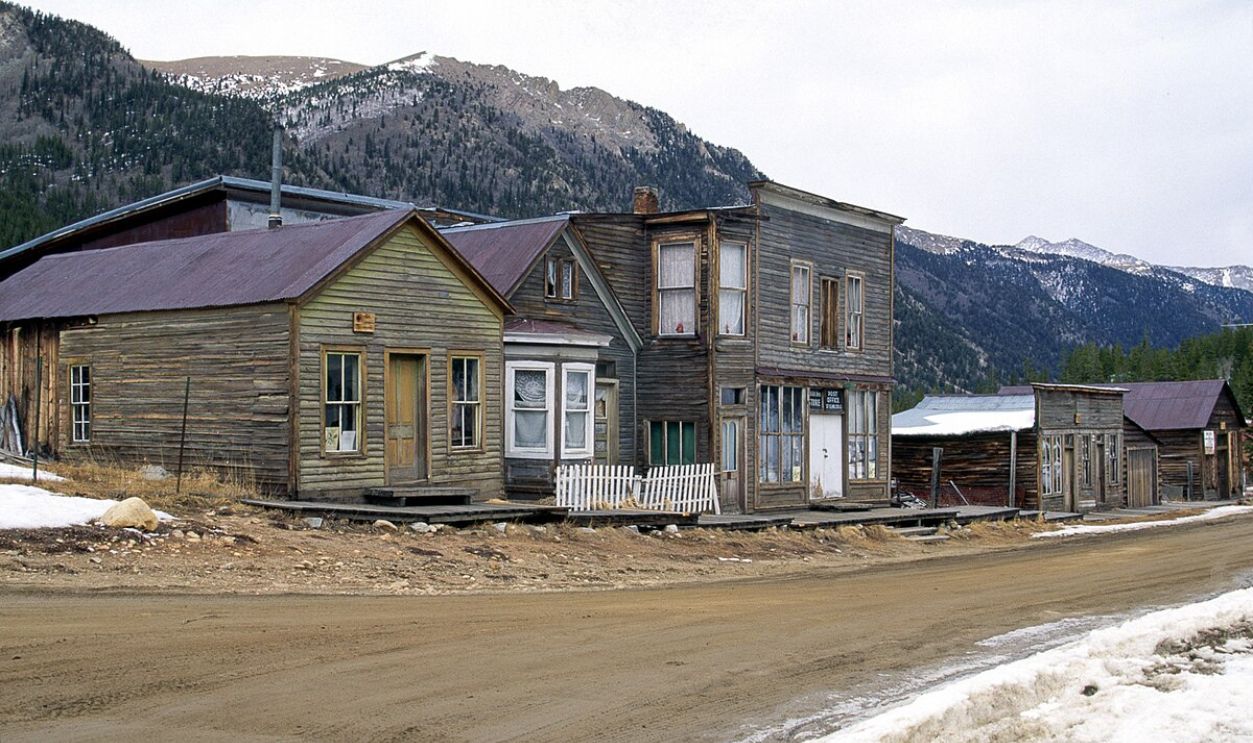 Dariusz Kowalczyk, CC BY-SA 3.0, Wikimedia Commons
Dariusz Kowalczyk, CC BY-SA 3.0, Wikimedia Commons
Burke, Idaho
In the 1880s, many people arrived in the region to look for silver, lead, and zinc. Due to space constraints, the main train track passed directly through Burke's hotel and other buildings. Harsh winters and avalanches made the town less desirable, especially with the declining prices of silver.
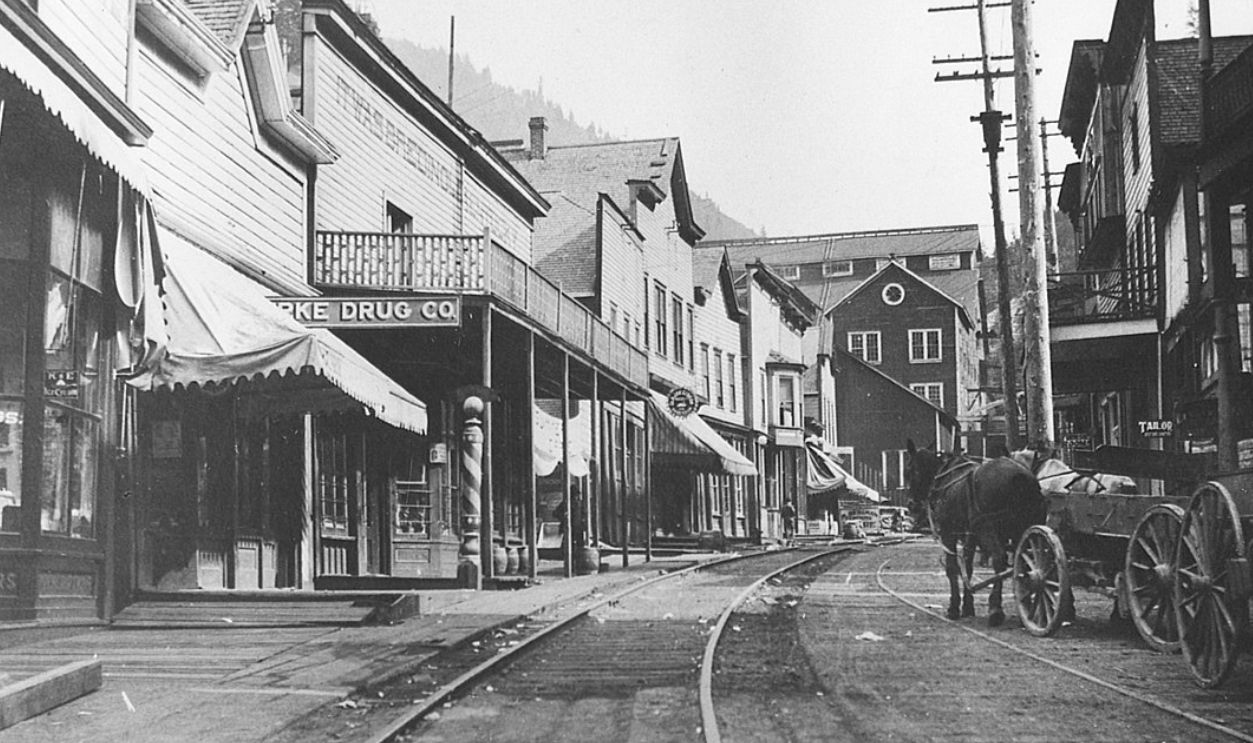 Hagerman, Daniel, Original Author Unknown, Wikimedia Commons
Hagerman, Daniel, Original Author Unknown, Wikimedia Commons
Alunite, Utah
During WWI, Alunite was an important mining town named after the alunite ore discovered. Used to produce potash and alum, the demand for alunite surged during the battles, and the town became an industrial center. However, people left the town around 1930.
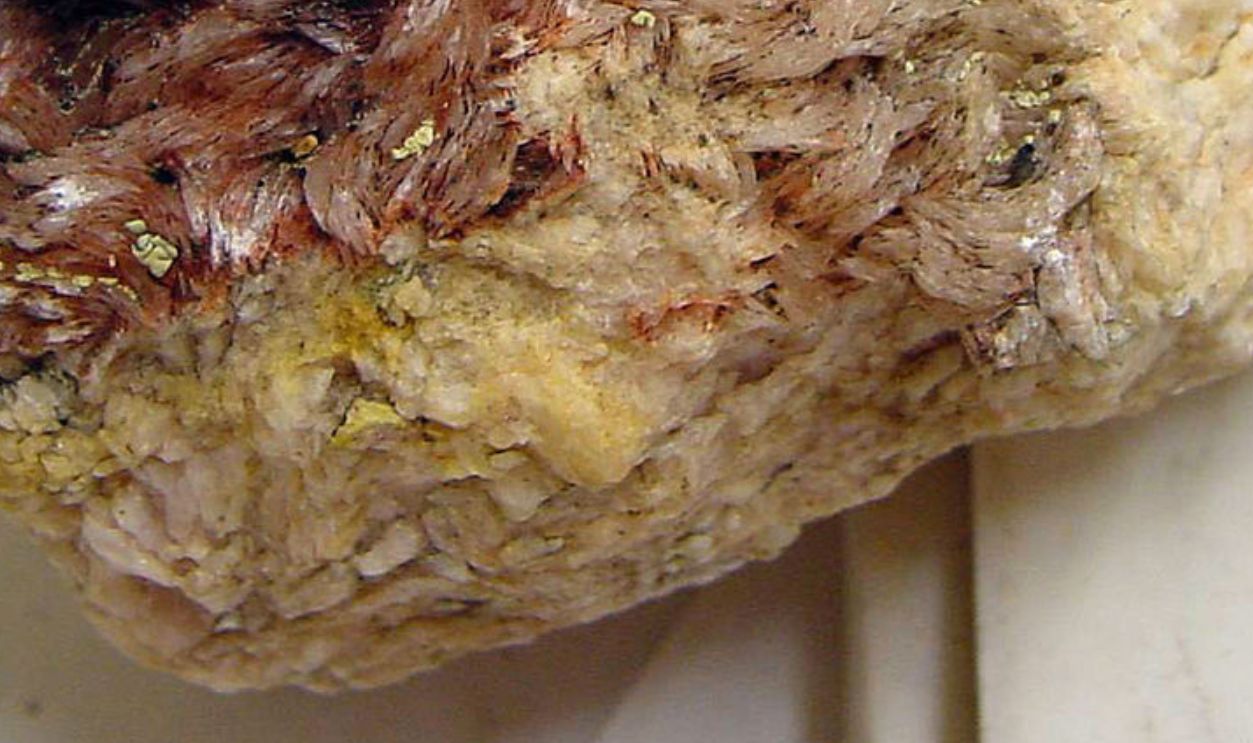 Andrew Silver, Wikimedia Commons
Andrew Silver, Wikimedia Commons
Adamson, Oklahoma
Home to 15 coal mines, Adamson thrived as part of the Choctaw Nation's Coal Mining industry, which attracted workers from across the country. However, in 1914, a devastating explosion in one of the mines killed 14 miners, and this ended the town's prosperity.
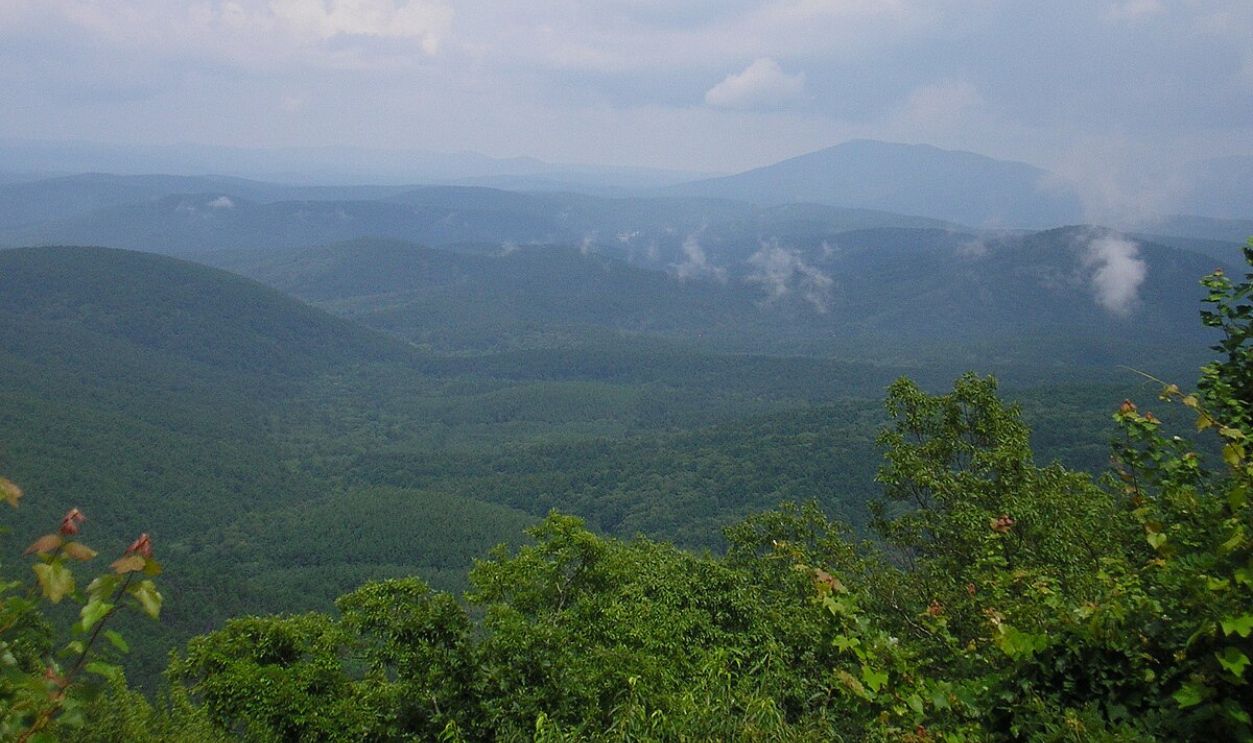 Okiefromokla (old), Wikimedia Commons
Okiefromokla (old), Wikimedia Commons
Anaconda, New Mexico
Anaconda was established by the Anaconda Copper Mining Company, which discovered uranium ore in the nearby Jackpile Mine. Residents were workers and managers of the company. By the early 1980s, the mill closed, and workers started to leave. The land was later reclaimed, and houses were removed.
Garnet, Montana
Garnet was a bustling mining town in the late 19th century. It thrived on gold discoveries, drawing hundreds of prospectors eager for fortune. By the 1910s, the gold began to run out, and residents gradually abandoned the town. Today, Garnet remains one of Montana's best-preserved ghost towns.
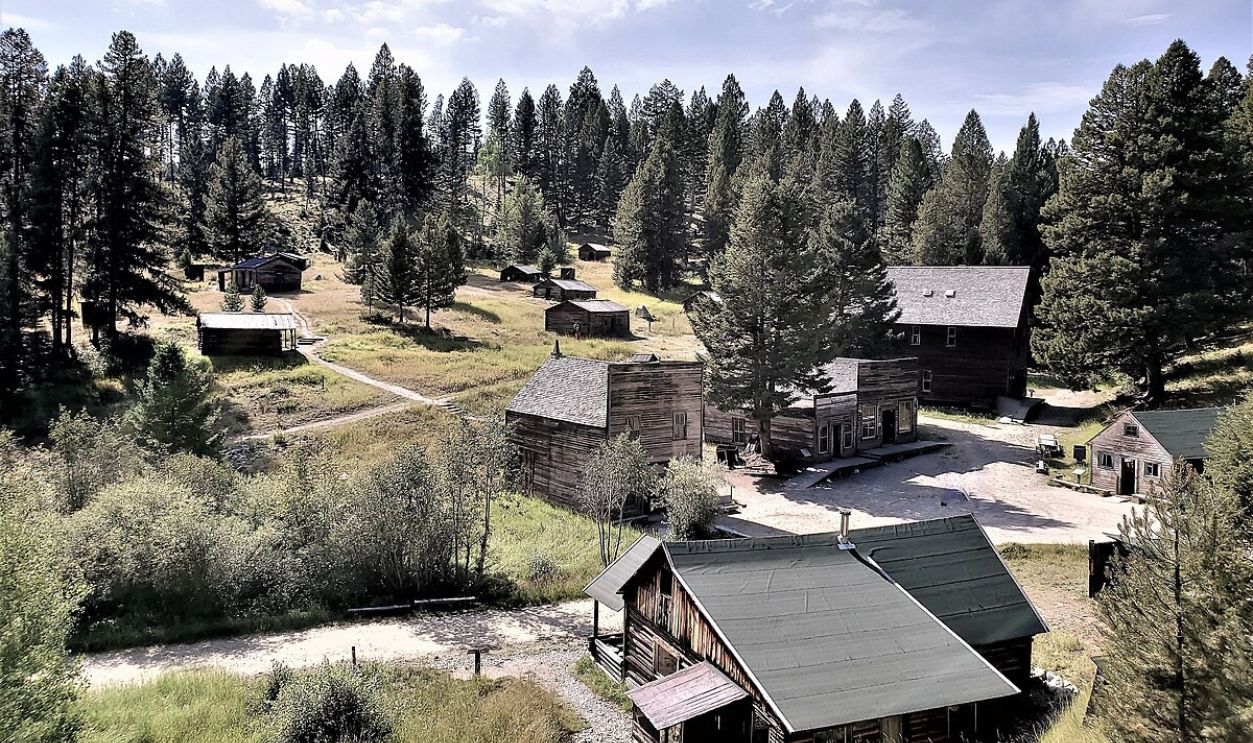 John Manard, CC BY-SA 2.0, Wikimedia Commons
John Manard, CC BY-SA 2.0, Wikimedia Commons

